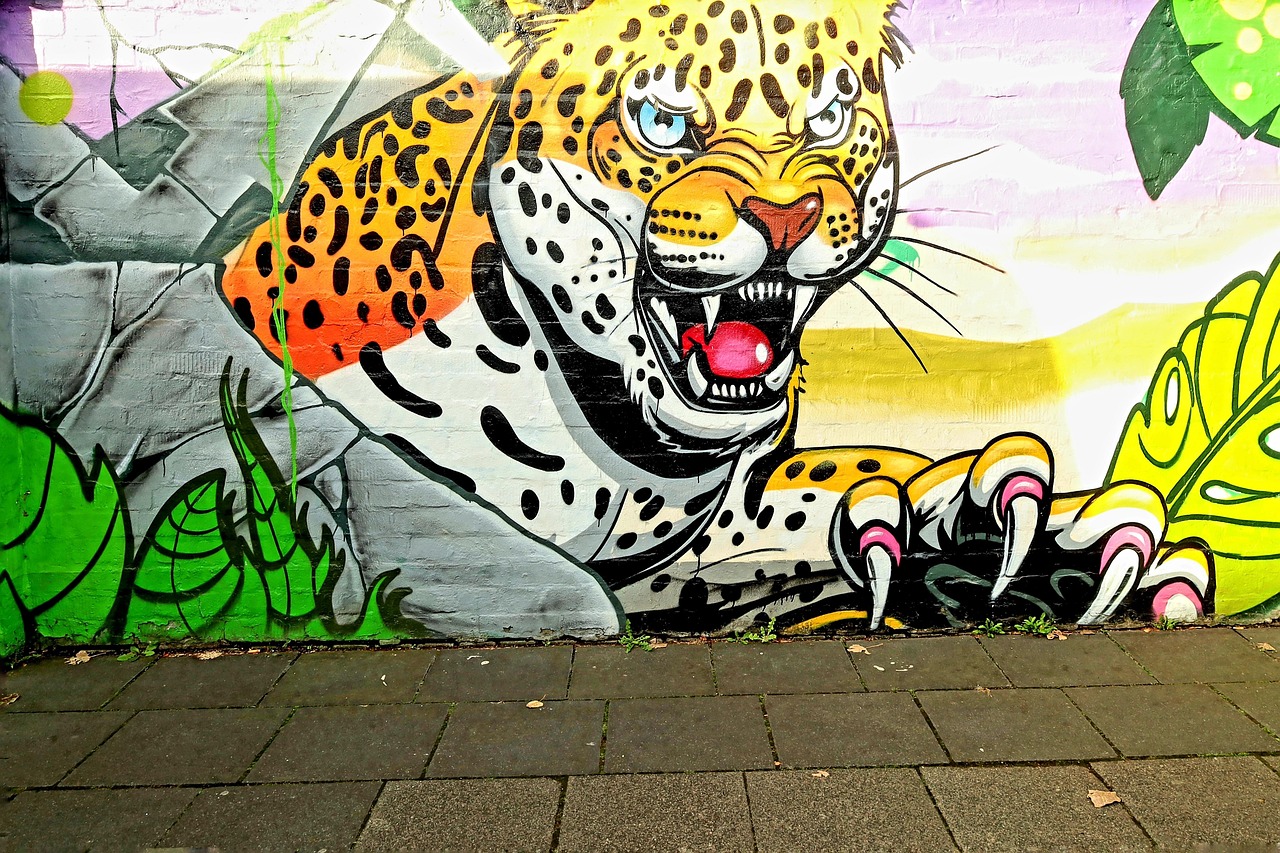Understanding Jaguar Hunting Techniques and Strategies
Physical Attributes and Capabilities
Jaguar (Panthera onca) is the largest feline in North and South America and possesses a range of physical attributes making it one of the most powerful hunters in the animal kingdom. Weighing between 100 to 250 pounds, the jaguar boasts a muscular build, powerful legs, and a strong jaw capable of crushing bones and turtle shells. Their distinctive coat is not just for camouflage; it helps them blend seamlessly with the dappled light of their forest habitats, such as the Amazon rainforest, and savannas.
Stealthy Ambush Predators
Jaguars are primarily ambush hunters who rely heavily on stealth to capture their prey. They use their excellent vision, which is particularly effective at night, to locate potential victims. Their hunting strategy often entails moving silently through underbrush, using the dense foliage as cover. This method allows them to observe and stalk their prey without being detected.
The jaguar’s spotted coat, known as rosettes, breaks up their outline in the dappled light of their environment. This visual blending is crucial when closing the distance to their quarry. They maintain a low profile, often crouching close to the ground, to reduce the chances of being seen.
Hunting Techniques
1. Stalking and Pouncing
Once a jaguar identifies a target, they initiate a stalking phase. At this point, they employ a modified form of a pounce. This involves calculating the right moment to spring from cover, leveraging their powerful hind legs to propel themselves toward the prey. Jaguars can jump distances of up to 10 feet in such leaps, which allows them to quickly close the gap.
2. Water Hunting
Jaguars are unique among big cats in their affinity for water. They are proficient swimmers and often hunt prey in aquatic environments. Their strategy includes patiently waiting near water bodies, ambushing animals like capybaras or caimans during their drinking routines. Jaguars have been documented swimming considerable distances, utilizing their powerful limbs to propel themselves through water stealthily.
Prey Selection
Jaguars have a diverse diet consisting of over 85 different species, making them opportunistic hunters. Their preferred prey includes large terrestrial mammals such as deer, peccaries, and capybaras. However, they are known to tackle formidable adversaries like caimans and anacondas. This varied diet allows them to thrive in diverse ecosystems.
The selection of prey often depends on the geographic region and the availability of species. In areas where larger mammals are scarce, jaguars may adjust their strategy to focus on smaller animals, demonstrating their adaptability as hunters.
Killing Methods
A jaguar’s power is evident in its killing method, which sets it apart from other big cats. Instead of the typical neck bite used by lions and tigers, jaguars use their strong teeth to penetrate through the skull or shell of their prey, delivering a lethal bite. This technique is particularly useful for capturing animals with thick armor, like turtles. This biting strategy allows them to subdue prey almost instantly, minimizing the risk of injury to themselves.
Seasonal Influences on Hunting Behavior
The hunting behavior of jaguars can vary seasonally based on resource availability. During the wet season, prey may be more abundant due to increased animal movement, but flooding can limit jaguar access to certain areas. Conversely, during dry seasons, food resources may dwindle, prompting jaguars to travel greater distances and expend more energy searching for food. Understanding these seasonal variations is crucial for wildlife researchers studying jaguar populations.
Social Structures and Territoriality
Jaguar hunting strategies are also influenced by their solitary nature and territorial behavior. Adult jaguars maintain large home ranges that can encompass several square miles. This territoriality ensures access to abundant prey but can lead to competition between individuals. Dominant males often patrol their ranges, marking territory with urine and scratch marks, thereby reducing conflicts and ensuring their hunting grounds are secure.
Hunting in Pairs
Though primarily solitary, jaguars have been observed hunting in pairs, particularly during mating seasons. This cooperative strategy can increase hunting success, as two individuals can coordinate their movements to confuse and corner prey. However, such behavior is not common and tends to be situational based on immediate resource availability or social bonds.
The Impact of Environmental Changes
Environmental factors such as deforestation, urbanization, and climate change significantly impact jaguar hunting strategies. Loss of habitat can lead to food scarcity, forcing jaguars into closer proximity with human habitats, where they often steal livestock. This can cause conflicts that endanger both jaguars and local farmers. Conservation efforts focusing on habitat protection have become essential for maintaining jaguar populations and their natural hunting behaviors.
Technological Advances in Studying Hunting Strategies
Recent advances in wildlife technology, such as GPS collaring and camera trap systems, enable researchers to gather data on jaguar movements, hunting patterns, and interactions with prey. By analyzing this data, scientists can better understand jaguar ecology, improve conservation strategies, and promote coexistence between jaguars and human communities.
Conclusion of Key Aspects
In summary, jaguars possess distinctive hunting techniques and strategies that highlight their adaptability and prowess as apex predators. Their ambush hunting style, opportunistic dietary choices, and unique killing methods reflect their evolutionary success within diverse ecosystems. Understanding the complexities of their hunting behaviors unleashes insights vital to conservation efforts, emphasizing the importance of preserving their habitats and reducing human-animal conflicts. By fostering a balanced coexistence, we can ensure that jaguars continue their reign as remarkable hunters for generations to come.







